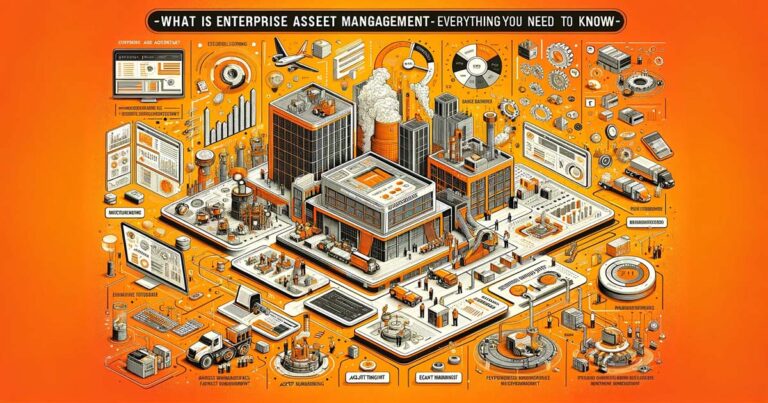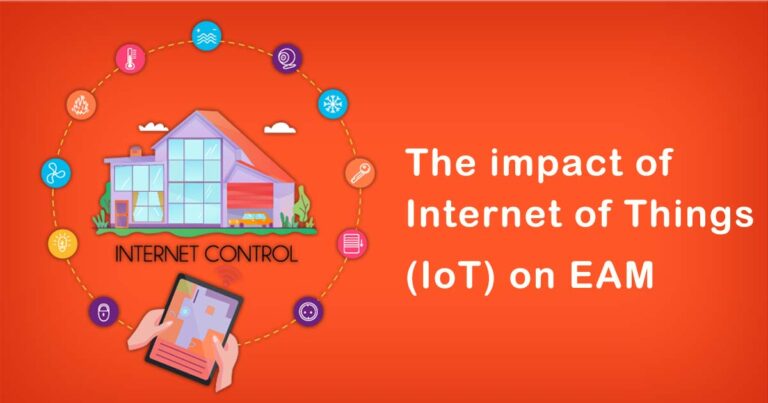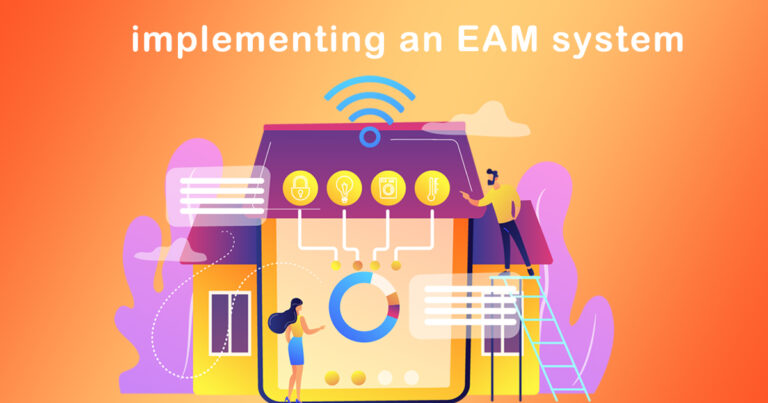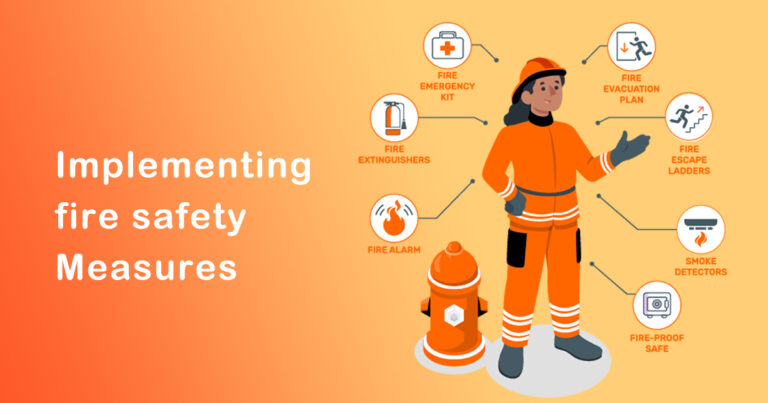The use of mobile technology has revolutionized the way we live and work. It has brought a paradigm shift in the way businesses operate and has paved the way for enhanced efficiency, productivity, and customer satisfaction. One area where mobile technology has played a crucial role is Enterprise Asset Management (EAM) and Field Service Management (FSM). In this blog, we will discuss the role of mobile technology in EAM and FSM, specifically in the Indian context.
The Current State of EAM and FSM in India
In India, EAM and FSM are still in their nascent stage. Most organizations rely on manual processes and paperwork, which are time-consuming, error-prone, and result in delays and inefficiencies. This is particularly true in industries such as manufacturing, utilities, and transportation, where asset uptime and reliability are critical. The lack of real-time visibility into asset performance and maintenance schedules makes it difficult for organizations to plan and execute maintenance activities, resulting in unplanned downtime, higher maintenance costs, and reduced asset lifespan.
The Role of Mobile Technology in EAM and FSM
Mobile technology has emerged as a game-changer in the EAM and FSM space. With the widespread adoption of smartphones and tablets, field technicians can access real-time information on asset performance and maintenance schedules, record work orders and inventory levels, and communicate with other team members and customers from anywhere, anytime.
Here are some key ways in which mobile technology is transforming EAM and FSM in India:
1. Real-time visibility into asset performance
Mobile technology enables field technicians to access real-time information on asset performance, such as machine temperature, vibration, and other key metrics. This information helps organizations identify potential issues before they become major problems and take proactive measures to prevent unplanned downtime.
2. Streamlined work order management
Mobile apps enable field technicians to create and update work orders in real-time, eliminating the need for manual paperwork and reducing administrative overheads. This also enables organizations to assign work orders based on technician availability and skill set, resulting in faster response times and improved customer satisfaction.
3. Enhanced collaboration and communication
Mobile technology enables field technicians to collaborate with other team members and customers in real-time, share information and updates, and receive feedback. This not only improves communication but also enhances the overall quality of work and reduces the risk of errors.
4. Increased efficiency and productivity
Mobile technology automates many manual tasks, such as data entry and paperwork, and enables field technicians to focus on their core tasks. This results in increased efficiency and productivity, as well as reduced costs and faster response times.
5. Improved safety and compliance
Mobile technology enables organizations to track safety and compliance issues in real-time, ensuring that field technicians adhere to safety protocols and comply with regulatory requirements. This not only improves safety but also reduces the risk of penalties and fines.
Conclusion
In conclusion, mobile technology is transforming the EAM and FSM space in India, enabling organizations to improve asset uptime and reliability, reduce maintenance costs, and enhance customer satisfaction. However, to fully realize the benefits of mobile technology, organizations need to invest in the right tools, processes, and training. With the right strategy and approach, mobile technology can help organizations unlock significant business value and gain a competitive edge in today’s dynamic and fast-paced business environment.








